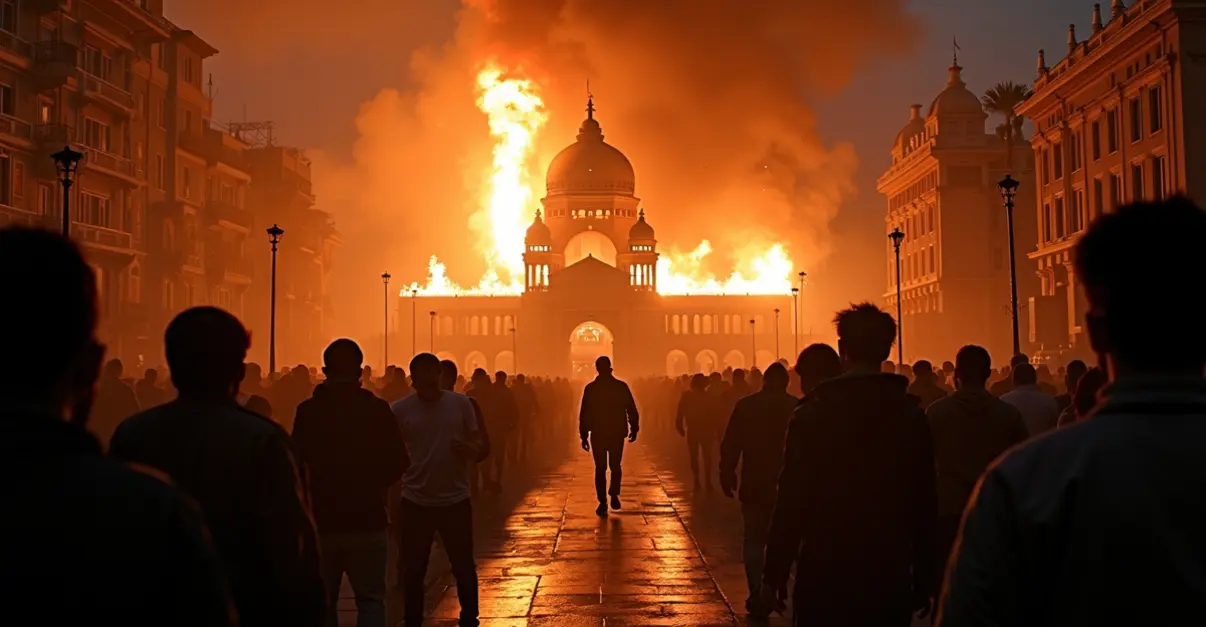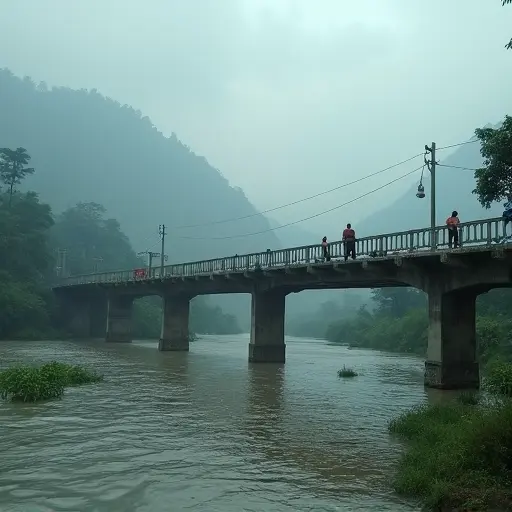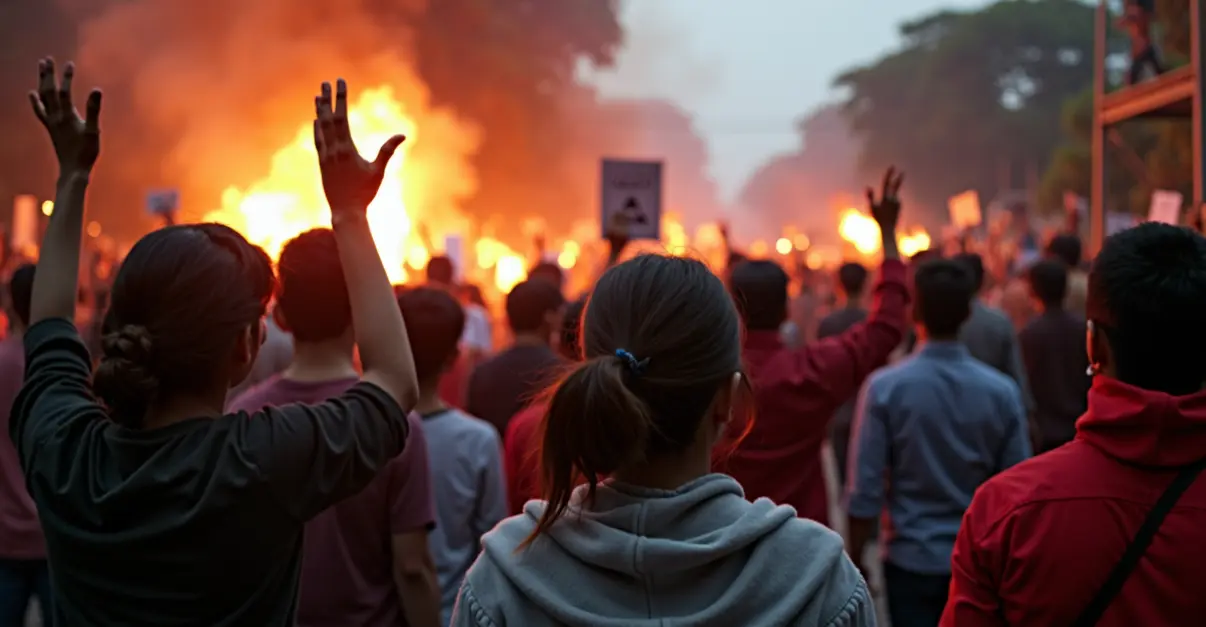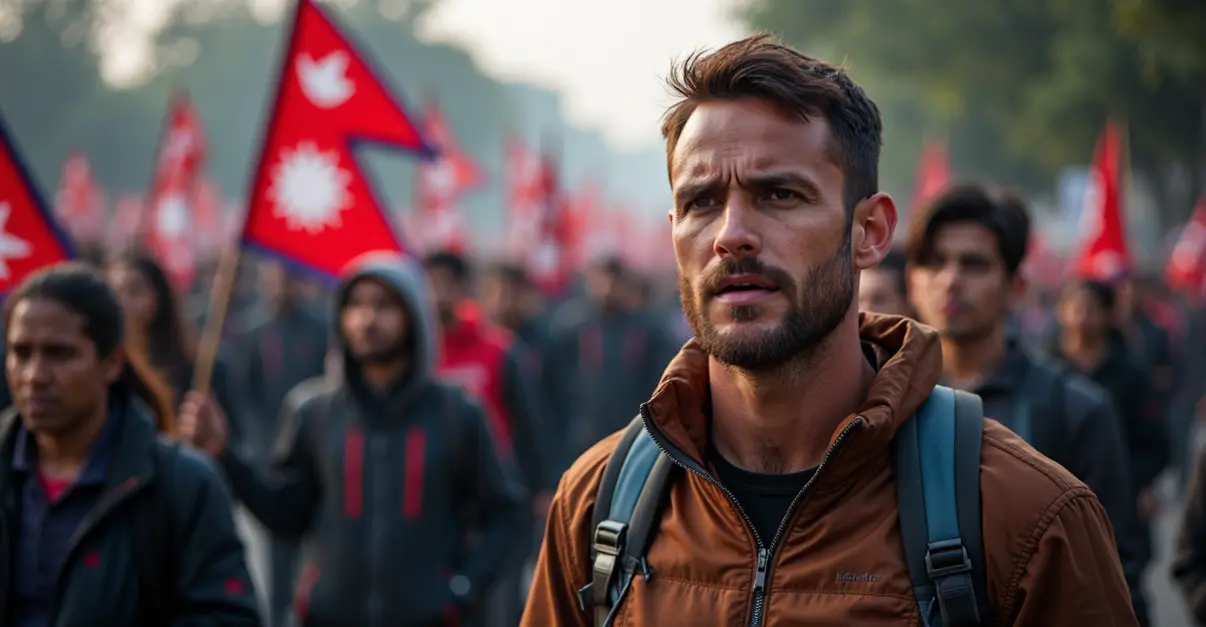Nepal's parliament building burned amid anti-corruption protests, 900 prisoners escaped, 22 dead. Military takes control as international community calls for investigation.

Chaos Erupts in Kathmandu as Historic Parliament Building Destroyed
Nepal's capital descended into chaos on Tuesday as anti-corruption protesters stormed and set fire to the iconic Singha Durbar parliament building, reducing the historic structure to ashes. The violence marked the second day of widespread demonstrations that have shaken the Himalayan nation.
Mass Prison Break and Military Intervention
In a dramatic escalation, hundreds of prisoners escaped from two detention facilities in western Nepal after protesters stormed the prisons. Authorities confirmed that approximately 900 inmates are now at large, creating additional security challenges for the embattled government.
The Nepalese army announced late Tuesday that it had taken control of the situation, though the precise meaning of this declaration remains unclear. Military leadership characterized the protests as having been "hijacked by rioters and looters exploiting the situation." "The protest movement has been called to dialogue to stop the chaos," stated the supreme commander in an official release.
Rising Death Toll and International Concern
The death toll from the unrest has climbed to 22, with most fatalities occurring on Monday when police shot dead 17 protesters attempting to breach the parliament building. Hospital officials reported 209 injuries on Tuesday, though most victims were treated and released.
United Nations Human Rights Commissioner Volker Türk condemned the violence, stating: "Many young demonstrators have been killed or injured. Reports of disproportionate force by authorities must be urgently investigated."
Historical Significance of Singha Durbar
The destroyed Singha Durbar palace complex, built in 1908 by Prime Minister Chandra Shumsher JBR, served as the administrative heart of Nepal. The neoclassical structure housed both chambers of parliament and numerous government ministries. This marks the second major fire at the site, following a 1973 blaze that destroyed three wings of the palace.
The current crisis began with protests against a social media ban that has since been revoked. Although Prime Minister K.P. Sharma Oli resigned on Monday, his departure failed to quell public anger that has broadened into widespread anti-corruption sentiment.
According to historical records, the palace complex featured 1,700 rooms with marble floors, silver furniture, and crystal chandeliers before the 1973 fire. The 2025 destruction represents another devastating blow to Nepal's architectural heritage.

 Nederlands
Nederlands English
English Français
Français Deutsch
Deutsch Español
Español Português
Português





